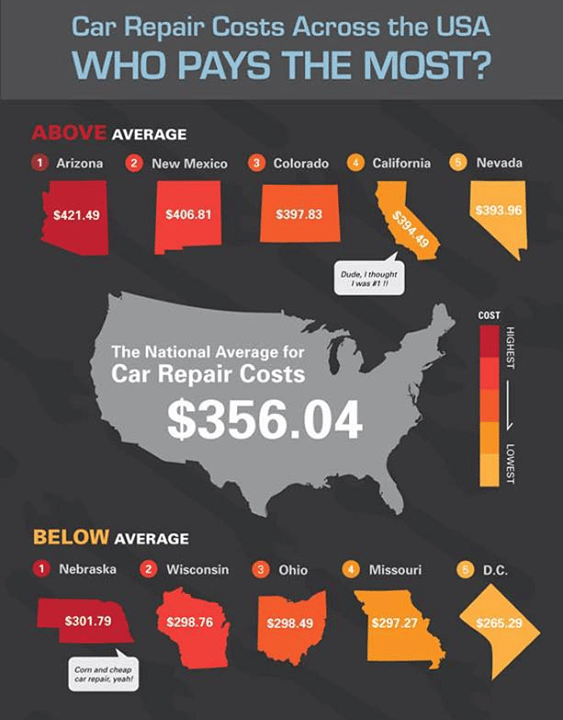Examining Your Automobile'S Warning Indicators: What They Really Share
Examining Your Automobile'S Warning Indicators: What They Really Share
Blog Article
Written By-Samuelsen Shepherd
When you're behind the wheel, those beautiful warning lights on your control panel can be a bit perplexing. Do you understand what they're attempting to inform you concerning your vehicle's health and wellness? Understanding the importance of these lights is vital for your security and the durability of your car. So, the following time among those lights turns up, wouldn't you wish to understand its message precisely and take the essential actions to resolve it?
Common Warning Lighting and Interpretations
Identify typical caution lights in your vehicle and understand their definitions to make sure risk-free driving.
The most normal caution lights include the check engine light, which indicates issues with the engine or exhausts system. If https://remap-ecu-motor62849.blogchaat.com/31316430/grasping-the-significance-of-your-car-s-warning-signals-what-they-really-stand-for begins, it's vital to have your vehicle examined immediately.
The oil pressure advising light suggests reduced oil stress, needing immediate attention to avoid engine damages.
A blinking battery light could recommend a malfunctioning billing system, possibly leaving you stranded if not addressed.
The tire stress surveillance system (TPMS) light notifies you to low tire stress, influencing automobile stability and gas performance. Disregarding this could lead to risky driving problems.
The abdominal light shows a trouble with the anti-lock braking system, jeopardizing your capacity to stop swiftly in emergencies.
Lastly, the coolant temperature level advising light warns of engine getting too hot, which can result in severe damages if not fixed promptly.
Comprehending these common caution lights will help you attend to concerns quickly and maintain risk-free driving conditions.
Value of Prompt Interest
Understanding the typical warning lights in your vehicle is just the very first step; the relevance of quickly addressing these cautions can not be highlighted sufficient to ensure your safety when driving.
When a caution light brightens on your control panel, it's your vehicle's way of interacting a possible issue that requires interest. Disregarding these cautions can cause extra severe issues down the road, compromising your safety and possibly costing you more out of commission.
Trigger focus to cautioning lights can avoid failures and mishaps. For example, a flashing check engine light can show a misfire that, if left neglected, might cause damage to the catalytic converter. Addressing this without delay can save you from an expensive repair work.
In a similar way, a brake system cautioning light could indicate low brake liquid or worn brake pads, important parts for your safety when driving.
DIY Troubleshooting Tips
If you observe a warning light on your dashboard, there are a couple of do it yourself repairing tips you can attempt before looking for expert assistance.
The initial step is to consult your automobile's handbook to comprehend what the certain caution light suggests. Sometimes the problem can be as simple as a loose gas cap activating the check engine light. Tightening the gas cap might resolve the issue.
Suggested Looking at is a low battery, which can trigger different advising lights. Examining the battery links for corrosion and ensuring they're safe and secure may repair the issue.
If a caution light lingers, you can try resetting it by disconnecting the vehicle's battery for a few mins and afterwards reconnecting it. Additionally, inspecting your lorry's liquid levels, such as oil, coolant, and brake fluid, can aid troubleshoot warning lights associated with these systems.
Final thought
In conclusion, recognizing your car's caution lights is necessary for keeping your lorry running efficiently and safely. By without delay addressing these informs and knowing what they imply, you can avoid pricey fixings and prospective malfunctions.
Remember to consult your cars and truck's guidebook for certain information on each alerting light and do something about it accordingly to make sure a trouble-free driving experience.
Keep informed, remain risk-free when traveling!
